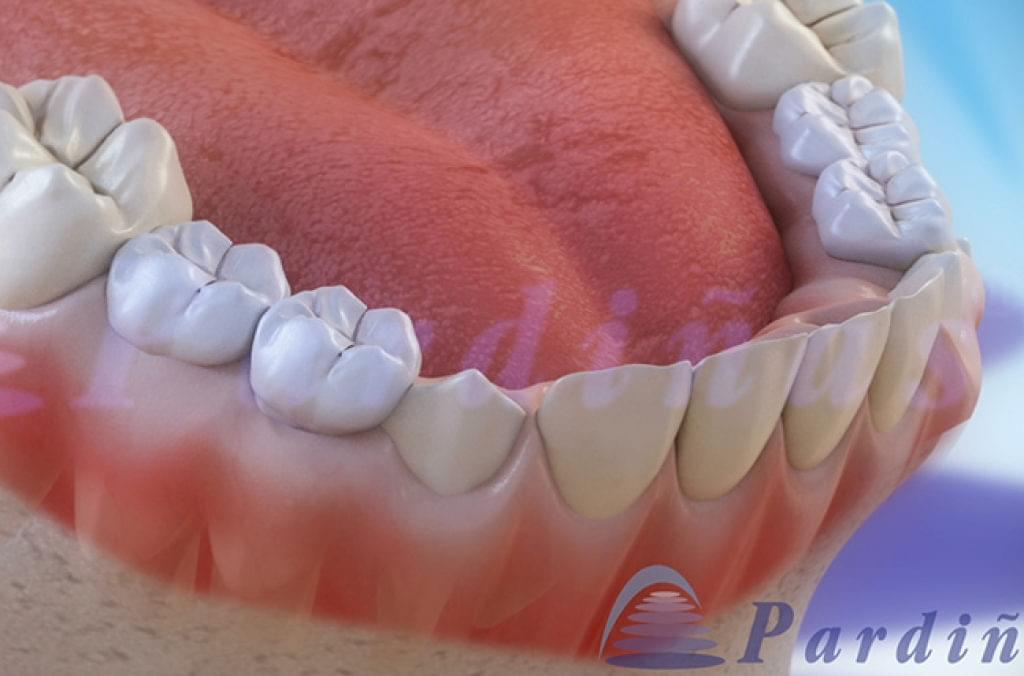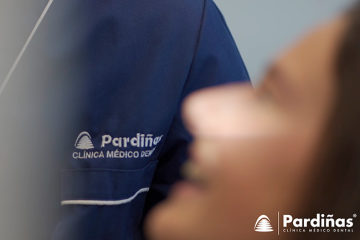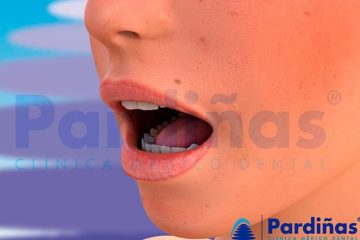The day a baby has the first tooth in the gum is memorable. It is also the prelude to the appearance of all the dentures, which will have the function of tearing and crushing food to be swallowed and digested. But when do the first teeth come out? And when do the definitive ones come out? We talk about teething in this post.
What are teeth and what parts do they have?
The teeth are hard structures that are implanted in the jaws. Each dental piece has two parts: the crown that is the visible portion in the mouth, and the root that is the part located in the jaw bone. The roots of the teeth are longer than the crown. Previously located teeth usually have a root and subsequently located teeth usually have two or three roots. Premolars have a root except the first upper premolar that has two.

The most important element of the tooth structure is dentin, which is composed of a bone-like material. Dentin contains living cells inside, and is a sensitive tissue that transmits the sensation of pain when it is stimulated by thermal or chemical elements. The crown dentin is coated by an extraordinarily resistant enamel protective layer.

The root allows the piece to be completely anchored in the bone and is covered by a layer of "cement" that is a dentine-like substance. The inside of the tooth is a sensitive connective tissue known as dental pulp. This extends from the inside of the crown towards the end of the root, where it connects with the deepest area of the dental socket in the maxilla. Through this connection tiny blood vessels and nerves make their way to the pulp.
What is teething and when does it happen?
Teething is the process by which teeth make their way through the gums until they become visible in the mouth. Throughout life, the human being goes through this process twice: the eruption of the baby teeth and the final teeth. As we said, baby teeth, or baby teeth, are what appear during childhood. These are divided into incisors, canines and molars, and add a total of 20 pieces. This is its chronology:
Chronology of the first teeth:
6-12 months, incisors.
18-24 months, canines.
12-18 months, first molar.
24-30 months, second molar.

Permanent teeth are the ones that will replace baby teeth. These pieces are classified in the same way as those of the baby but there is an additional category called premolars, which are pieces located between the canines and the molars. In total there are thirty-two teeth, including wisdom teeth.
Chronology of the definitive teeth:
6-7 years, first molar.
7-9 years, incisors.
9-12 years, canine.
10-12 years, premolars.
11-13 years, second molar.
17 years or more, wisdom tooth.

The incisors are characterized by a narrow flattened shape, like the sharp blade of a knife, in fact they are the ones that cut the food, the canines tear and the premolars and molars crush them. Knowing and understanding the chronology and function of our teeth makes evident the importance they have in our development. Therefore it is essential to take care.


